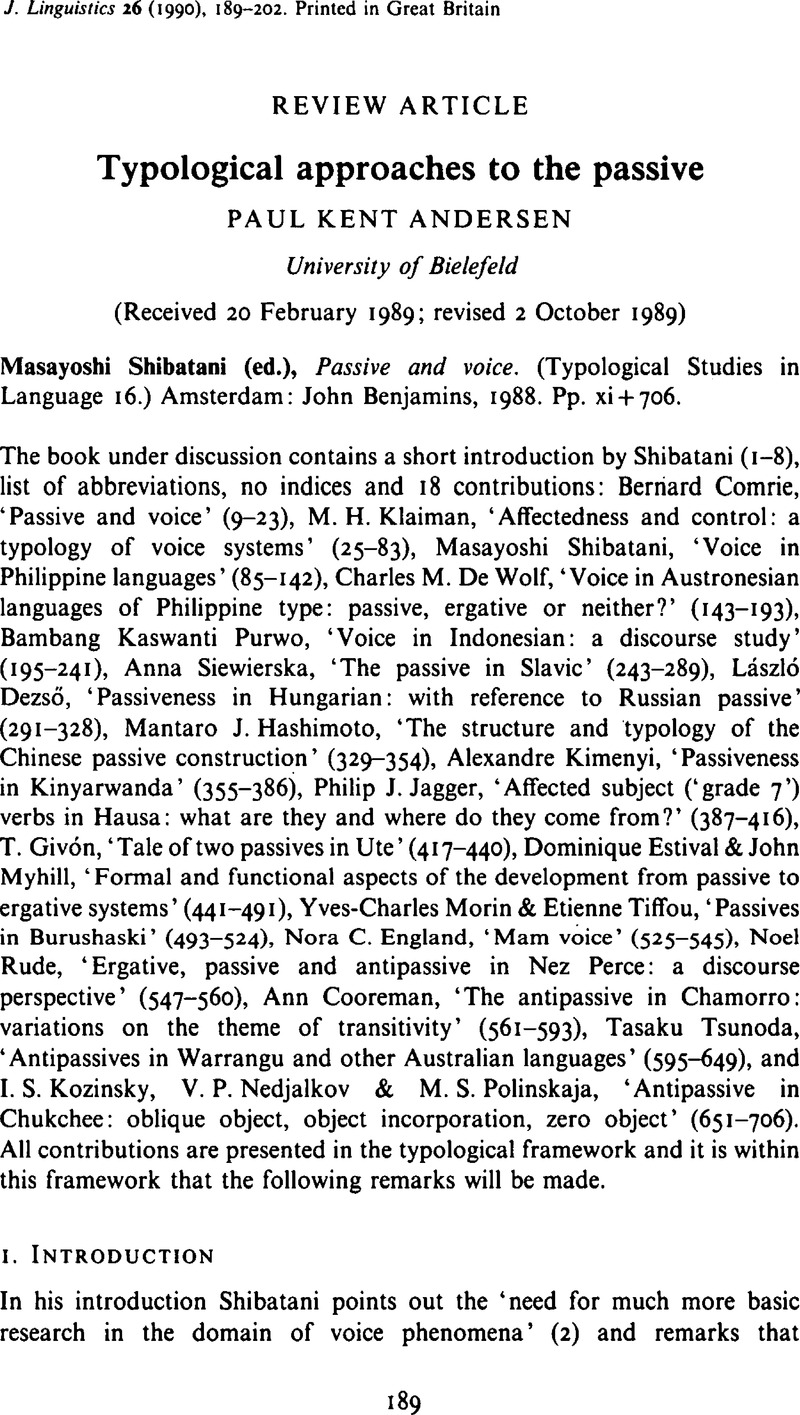Crossref Citations
This article has been cited by the following publications. This list is generated based on data provided by Crossref.
Üredi, Lütfi
and
Ulum, Ömer Gökhan
2018.
Educational Development and Infrastructure for Immigrants and Refugees.
p.
203.
Heaton, Raina
2021.
Grammatical voice.
Linguistic Typology,
Vol. 25,
Issue. 1,
p.
185.



